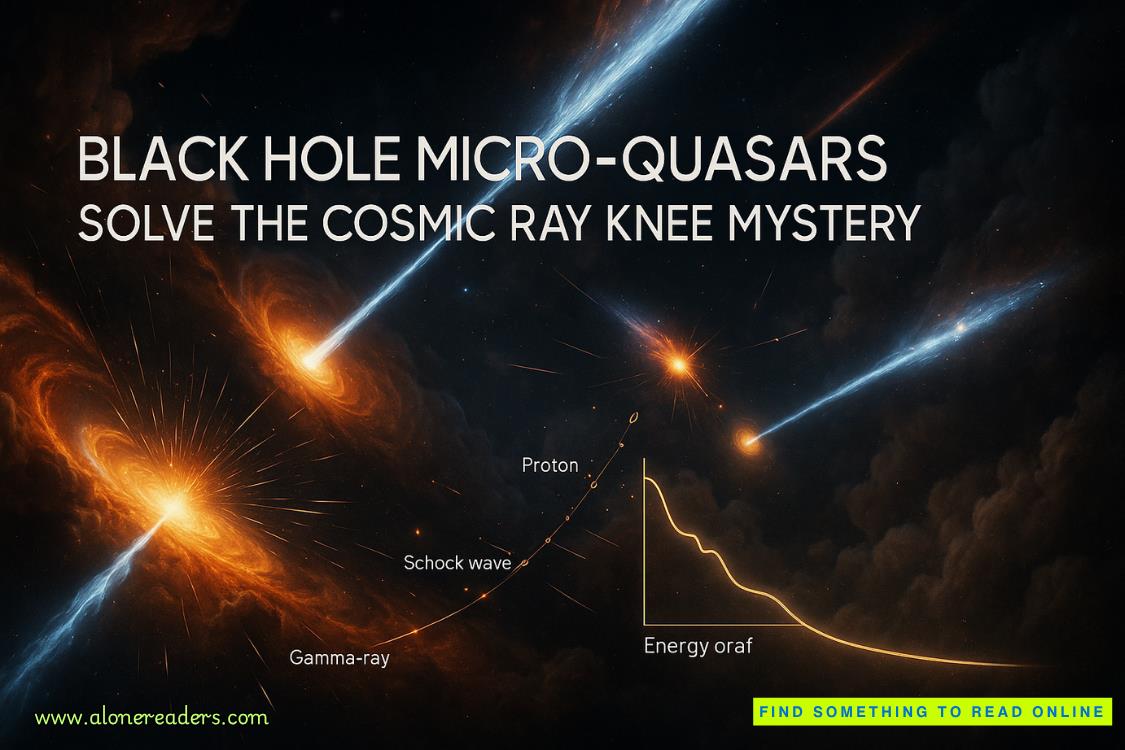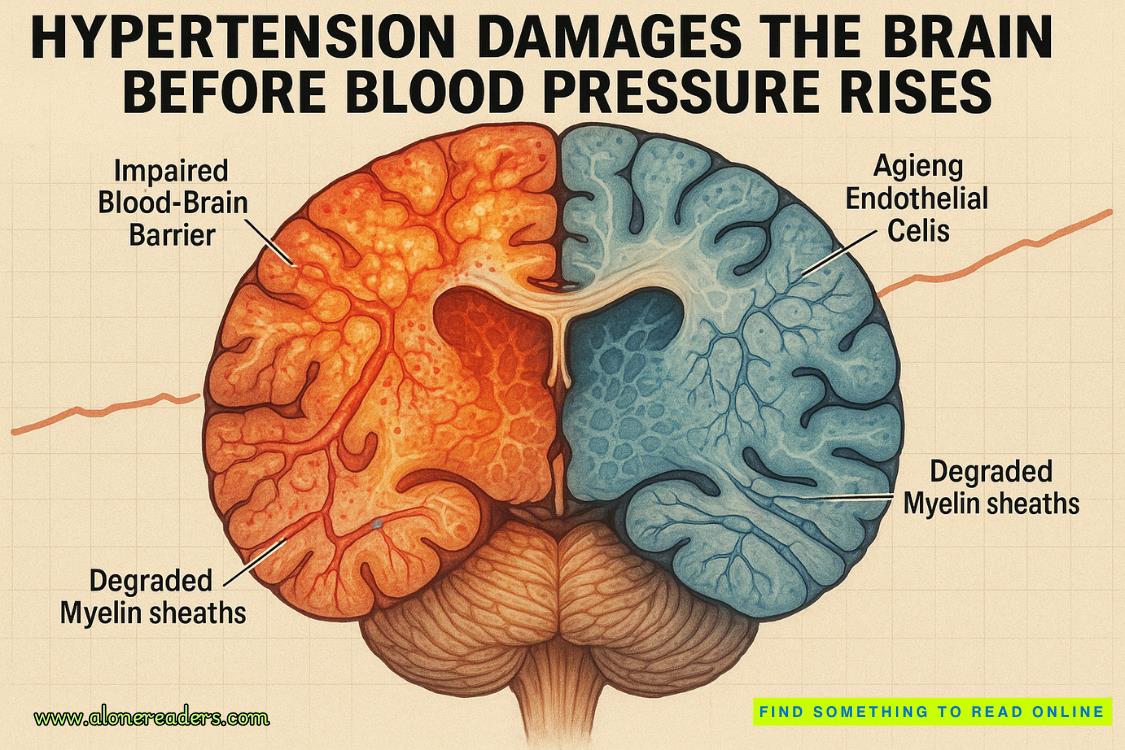Page 18 of High Velocity
As I was watching the live feed and marking the areas of interest on the map, I also noted the time tag on the video, making it easier to find.
“There was something else that drew my attention. Keep an eye on the trees at the east side of the creek about fifty or so feet from the water,” I point out as I cue up the tape to roll.
I lean out of the way, so Jonas has a clear view of the screen as the feed shows the drone’s path over the creek. I can tell from his reaction he saw what I saw, before he opens his mouth.
His mumbled, “Grizzly,” is followed by a healthy curse.
“Keep watching.”
“Shit, are those cubs?”
On the screen two little dark blobs appear to bounce behind the bear.
“Yeah.”
Bears give birth during hibernation, usually in January or February. They stay in the den with the mother until anytime between the end of March and May, when the warmer weather coaxes them out. The cubs trail along with their mother who, by this time, is ravenously hungry.
Food is generally abundant at this time, but grizzlies will eat anything; from plants and fruits to fish and any and all kinds of animals. They’re opportunistic eaters, often foraging or hunting for whatever is in season, and in the spring it’s not unusual for them to feed on roadkill or other dead animals they come across.
Or dead humans.
A female with cubs is not going to turn up her nose at an easy meal like that.
I fast forward the video feed to the drone’s return trip to base camp. When I reach the same section in the creek, I let it play at normal speed. This time the grizzly looks to be rummaging in the debris that has piled up in the creek bend. Her cubs are just visible at the edge of the tree line. She lifts her head and appears to be looking right at the drone as the Matrice passes overhead.
“You think he’s in there?” Jonas asks.
“I think something got her attention. Could be anything, but it probably warrants a closer look.”
“It’ll be tough getting close if there is something she’s feeding on in that pile,” Jonas suggests.
The bear will be protective of her food and of her cubs, so yeah, it won’t be without risk.
“Send the drone up again,” he orders. “I want to have a good look around. See how close of a visual we can get before we call the team back.”
I supply the Matrice with fresh batteries and launch her from the clearing in front of the tent. Then, with the controller board in hand, I head back inside where the feed from the camera is up on the big screen.
As the crow flies, it takes the drone far less time than it would on horseback to get to that particular bend in the creek. It’s pretty rough terrain, and won’t be easy to access on the ground. Unfortunately, because of the rapidly moving water, as well as the debris washing down, it’s too dangerous to try and use the creek itself. We often use the path of water to get to places that are otherwise difficult to access, but that won’t be an option now.
“First scan the area. See if you can spot the bear.”
I steer the drone around, getting as low as I dare to the treetops without risking damage. The farther you get from the water, the denser the woods appear to be. With the camera angled straight down, you still only get glimpses of what is underneath.
I circle the area a few times, but we don’t see the bear or her cubs.
“Probably hiding out in her den until she needs to feed again,” Jonas comments. “Could be anywhere in that terrain.”
I grunt in agreement as I change the path of the Matrice and angle the camera toward the debris clogging up the creek.
“There’s a bit of a clearing right in that bend,” I point out. “I should be able to do a few flyovers right above the water.”
“Do it, but slowly.”
This close to the water, I have to concentrate on flying, while Jonas scans the camera feed. On my first pass I approach from the south. Nothing jumps out at me, and Jonas doesn’t ask me to slow or give him a closer look.
Things change when I approach from the north.
“What’s that?” Jonas asks, pointing at something on the screen.















